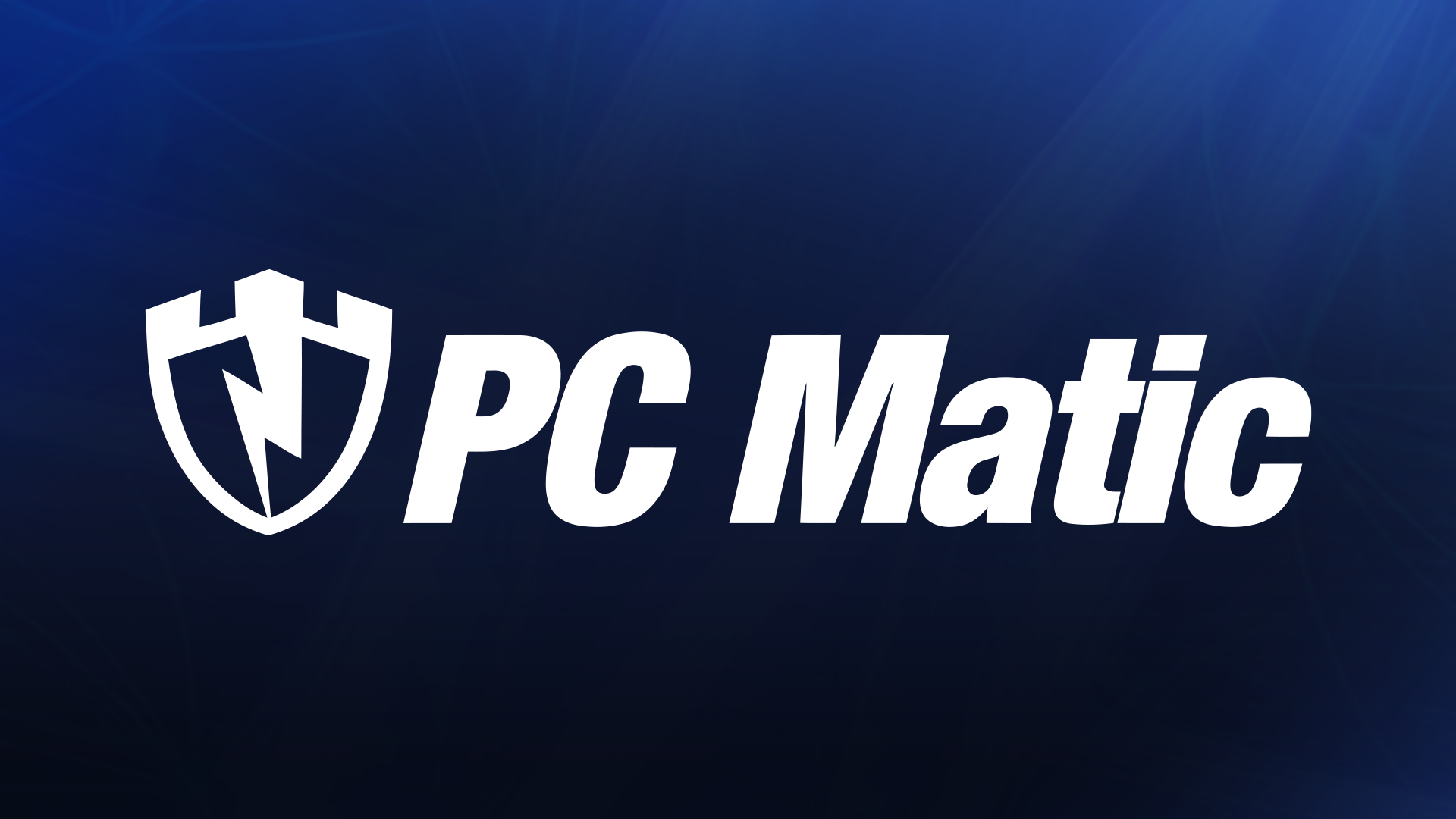
By Harry McCracken
Last week, Apple’s announcement of the iPhone 4 with FaceTime video calling capabilities brought the videophone back to the forefront of the media’s attention. Steve Jobs’ keynote made it sound like FaceTime will bring video phone calls to consumers for the first time. But the idea of a two-way communications device that transmits pictures as well as sound is as old as the phone itself.
Economic factors have kept it out of the average consumer’s reach until the last few decades, and the public has repeatedly greeted the concept–in stand-alone form, at least–with apathy. Still, inventors and dreamers keep coming back to the notion that the videophone is the way of the future.
Let’s take a stroll through videophone history to find out where things went wrong–and right–and how we got to the iPhone 4 and its rivals.
Victorian Sci-Fi
Shortly after Alexander Graham Bell’s famous 1876 conversation, the telephone caught the public’s imagination, and it wasn’t long before people (including Bell himself) were speculating on how to transmit images as well as sound. Seen here are two illustrations of early videophone concepts. On the left is an 1878 illustration by George du Maurier published in Punch’s Almanack. To the right is a 1910 French card envisioning a visual telephone in the year 2000.

The Prototype Era
AT&T began experimenting with a video telephone as early as 1927. Its famous Bell Laboratories developed the 1956 “Picture-Phone” prototype seen in the upper left. It transmitted pictures in trials from New York to Los Angeles, sending out one b&w picture every two seconds. It required a line for video reception, one for video transmission, and one for audio. At the lower left is a “picture phone” prototype at Bell Labs circa 1961. The camera is the circle to the left of the screen.

The Picturephone I
This Bell System Picturephone premiered with great fanfare at the 1964 World’s Fair in New York. Like earlier prototypes, the Picturephone required special wiring to work, so it wasn’t compatible with the existing telephone network at large. AT&T did its best to drum up hype for its futuristic phone, even staging a call between Lady Bird Johnson in Washington DC and Bell Labs in NY. This model entered limited commercial service between Washington, New York, and Chicago that year, but failed to take off. At $16-$27 for a three-minute call (that’s $112-$189 in 2010 dollars), it’s easy to see why.

[This post is excerpted with Harry McCracken’s permission from his Technologizer blog.]


